July 17-31
HayArt Cultural Centre,
7a, Mashtots Avenue
Monday-Saturday
Opening 7-9pm, July 17
“The feminine is a troublemaker, truly situated on the margins of play… Just at the right moment, a shift. A flick of the finger, or the ‘fin mot’, the heart of the matter. Never the ‘mot de la fin’, the final word.” Julia Kristeva, 1998
The exhibition “Trouble in Paradise” looks at the current perceptions of femininity in contemporary Armenian photography, represented here by the works of Svetlana Antonyan (Okean), Anush Babajanyan, Anna Davtyan, Vehanush Topchyan, Nvard Yerkanian and Nazik Armenakyan. These are accompanied by examples of 19th and 20th century commercial photography, which give a partial overview of the historical as well as international developments in the visual constructions of the feminine.
In post-feminist vision of society and power, the disquieting and ‘troublesome’ aspects of femininity are often oppressed or relegated to daytime soap operas. Mass medias continuously exploit normative, sexualised images of femininity as a vital part of the ‘consumer paradise’. In this regard, photography has always been the medium most responsible for both, the commodification and the subversion of femininity as an object of visual (masculine) pleasure.
It is also the space that makes the dialogue between the participating artists possible. Coming from different professional backgrounds, these practitioners are interested in the tensions produced by disruptive, ambiguous and contradictory aspects of femininity. They view it not as an aesthetic or a critically devalued construct, but an activity which can become a constructive force. Employing this transgressive and contradictory power, the artists place hegemonies in a state of tension and anxiety by playing with ubiquitous imagery drawn from television, cinema, painting, mythology and commerce.
In their works, archetypes of domestic, public, political, and natural spaces are disturbed and transformed into arenas of imagination, poetry, desire and play. Photography itself is fragmented in the process. It takes different forms (documentary, conceptual, performative, commercial and archival) that slip and spill out from conventional frameworks, while enabling novel ways of seeing and representing the real.
Collectively, the close to fifty works exhibited here enter into an open-ended discussion regarding the performance of femininity and how it might be relevant to current thinking (by predominantly women artists) about identity, desire, gender and beyond.
“Trouble in Paradise” is the third exhibition organised in Armenia by the ‘Lusadaran’ Armenian Photography Foundation. The Foundation is dedicated to the collection, study and preservation of Armenian as well as other marginal photographic histories. It also seeks to promote the medium within the sphere of contemporary arts in Armenia.





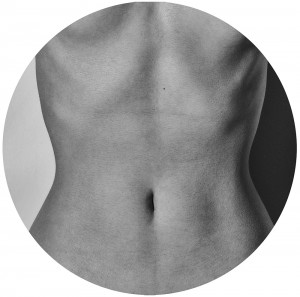

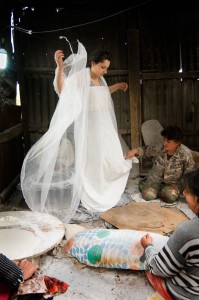
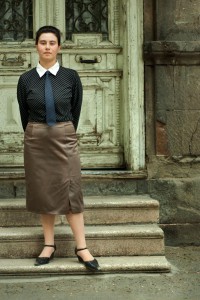

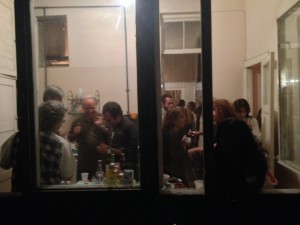
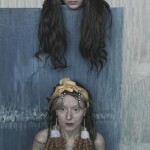
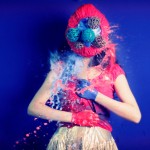
 November 29, 2011 – January 22, 2012
November 29, 2011 – January 22, 2012